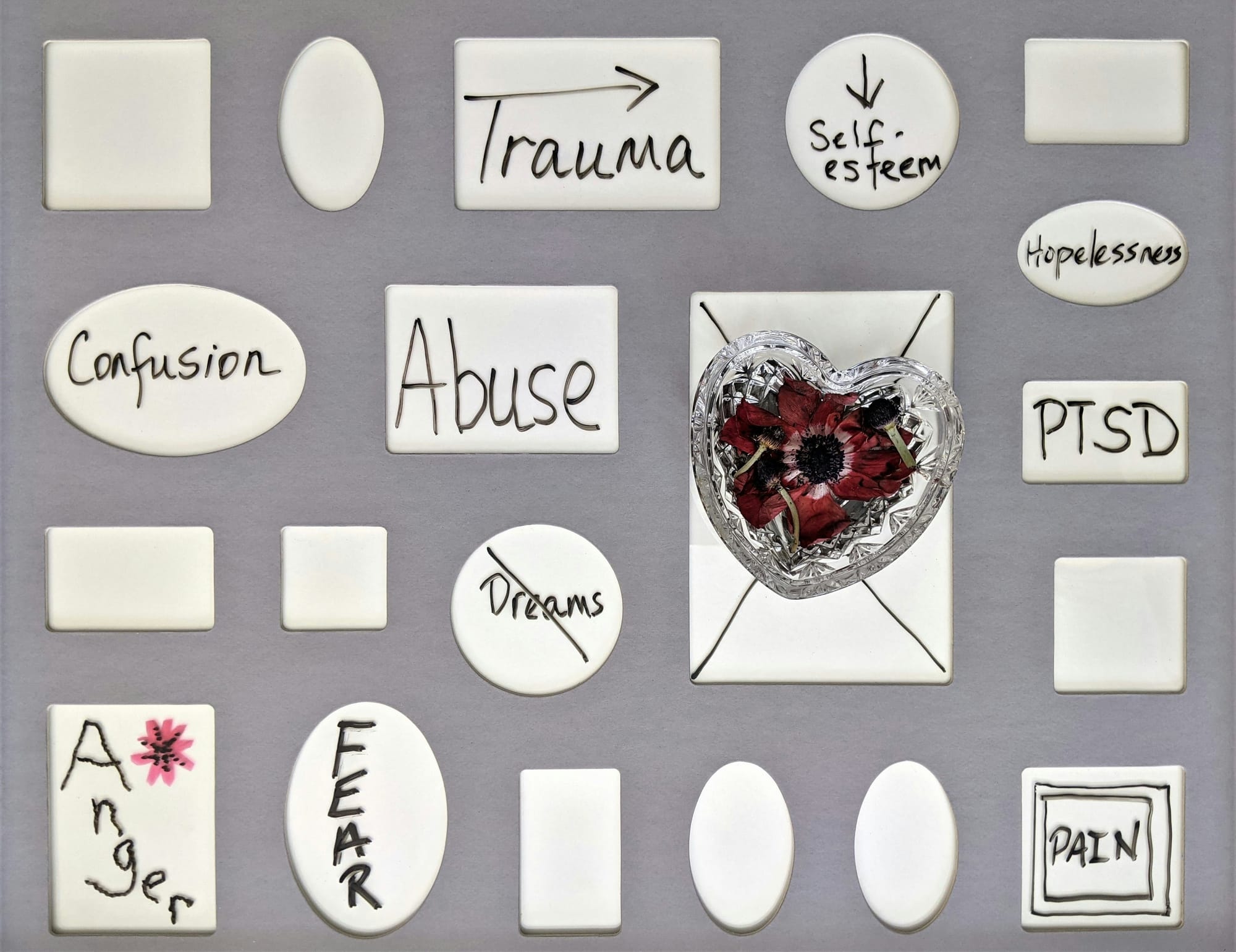trauma sensitive children...

Did you know that at least half of all children, ages birth to eight years, in the United States have been exposed to one type of trauma? (Bartlett &Steber, 2019)
Did you know that young children exposed to five or more significant adverse experiences in the first three years of childhood face a 76% likelihood of having one or more delays in their language, emotional or brain development? National Institute of Health
Did you know trends have shown there is likely a trauma sensitive child in every classroom? Which, in turn, creates secondary trauma for teachers? (Miller & Flint, 2019)
What do we mean by trauma? Trauma is multi-faceted. Trauma is personal. It is deep. It is life-changing. Trauma can be direct or indirect. According to the National Child Stress Network (2022), childhood trauma is the exposure to or experience of an event that is emotionally, physically, and mentally distressing which negatively impacts a child’s daily life and impedes a child’s ability to cope. Young children experiencing trauma, directly or indirectly, have deficits in their social-emotional and cognitive development resulting in poor behavioral and academic performance. (Barr, 2018)
Early childhood trauma is statistically significant and prevalent. It negatively impacts a child’s development… but what are the sources of trauma? Trauma can be interchangeable with Adverse Childhood Experiences also known as ACEs. ACEs can include but are definitely not limited to living with poverty, food insecurity, housing insecurity, divorce, abuse (emotional, verbal, physical), neglect, domestic violence, incarcerated parents, drug abuse, mental illness, lack of social and health supports and on and on and on and on and on and on and on…
Childhood trauma can be recurring and chronic. However, it only takes ONE occurrence for there to be long-lasting negative effects on a child’s development.
So much of the disruptive, inattentive behavior that we, teachers and caregivers, see may be due to early childhood trauma. You see, trauma, direct or indirect, actually changes the development of the brain. Chronically increased stress causes disruption in the limbic system, thus causing children to be stuck in the primitive brainstem of fight, flight, freeze or submit, and emotional dysregulation. Trauma can also reduce the cerebral gray volume in the cortical brain negatively impacting executing functioning and hence, one’s ability to learn. (Cernjul, 2023)
As a teacher it is incumbent upon me to understand that more often than not the undesirable behavior is not necessarily intentional, thought out, or on purpose. Rather, a child is simply stuck and reacting to their under-developed brain and damaged neurological system. Such a child cannot pause, think, and self-regulate to react appropriately to a given situation. Such a child is not bad. Such a child is in need of respect, love, and understanding.
It is in understanding that we begin to meet the needs of the children we teach. It is in understanding that we give children the respect they need and deserve, and it is in understanding that we can help children to begin to heal.
So, my challenge… my task is really quite simple... seek to understand. Then, and only then, can I begin the patient process of helping children to heal.